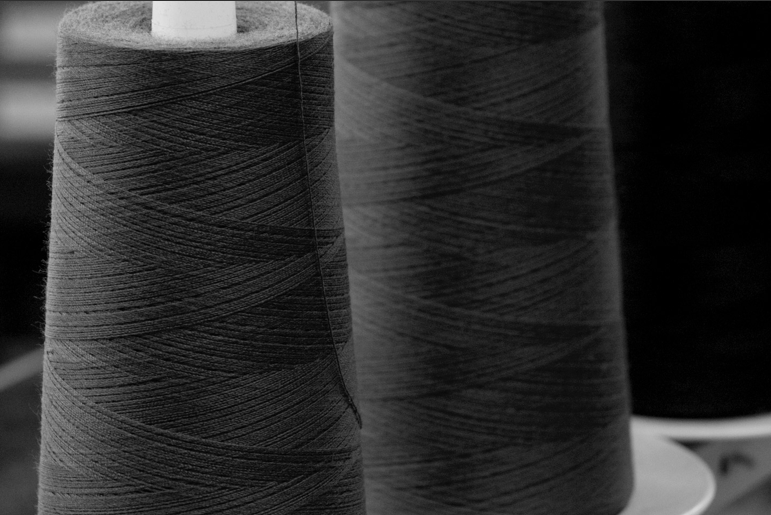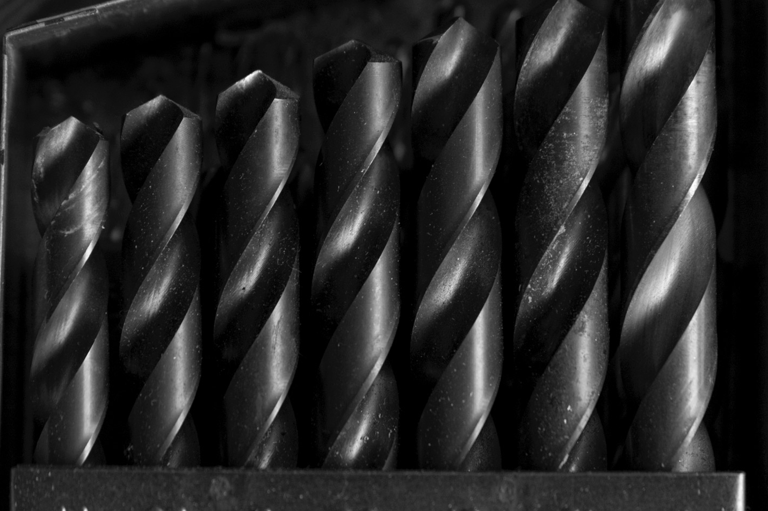#52 Creative Expression in Your Pictures
1839-2019: 180 Years of Photography
“The most transitory of things, a shadow, the proverbial emblem of all that is fleeting and momentary, may be fettered by the spells of our ‘natural magic’ and may be fixed for ever in the position which it seemed only destined for a single instant to occupy.”
William Henry Fox Talbot, 1839 –Inventor of Photography
Carmel, 1984—A photo that didn’t strike me when taken, but discovered decades later and it continues to grow on me. Tastes change, in both directions, over time.
Otto Titzling is a fictional character who is apocryphally described as the inventor of the brassiere in the 1971 book Bust-Up: The Uplifting Tale of Otto Titzling, published by Macdonald in London, and by Prentice-Hall in the USA.
The name, a pun on "a two-tit sling," was invented by humorist Wallace Reyburn in the 1970s. Since then, the name has appeared in the game Trivial Pursuit (the makers of the game fell for the hoax, and listed "Otto Titzling" as the "correct answer" to the question of who invented the brassiere), the 1988 movie Beaches (featuring a song named "Otto Titsling" sung by Bette Midler)
The Art of Fixing a Shadow — the history of creative expression in photography
Women Before 10am, photographs by Veronique Vial
Inure: (v) accustom (someone) to something, especially something unpleasant.
(see Suzanne’s print from episode #48)
PATTERNS catch the eye, finding things that repeat interestingly. I always play around when I see various forms of organic repetition, usually with some wabi-sabi in there. But ultimately, they are boring - the don’t have any story or mystery or energy. They’re just kinda interesting.
This next set is similar, but different in important ways: they harness that sort of visual repetition (above), but then mess with it: use it, break it. The repetition isn’t the subject, the breaking of it is the subject.
Rubin’s Portfolio of Photography | Rubin’s Instagram (@droidmaker)
Suzanne’s Instagram (@sfritzhanson)
If you like our show, please subscribe on iTunes, Google Play, or your favorite podcasting app, and please rate the podcast. And don’t forget to join the Neomodern Facebook group to discuss the show, share your photos, hear about specials for printing or framing your best images. Thank you!



















